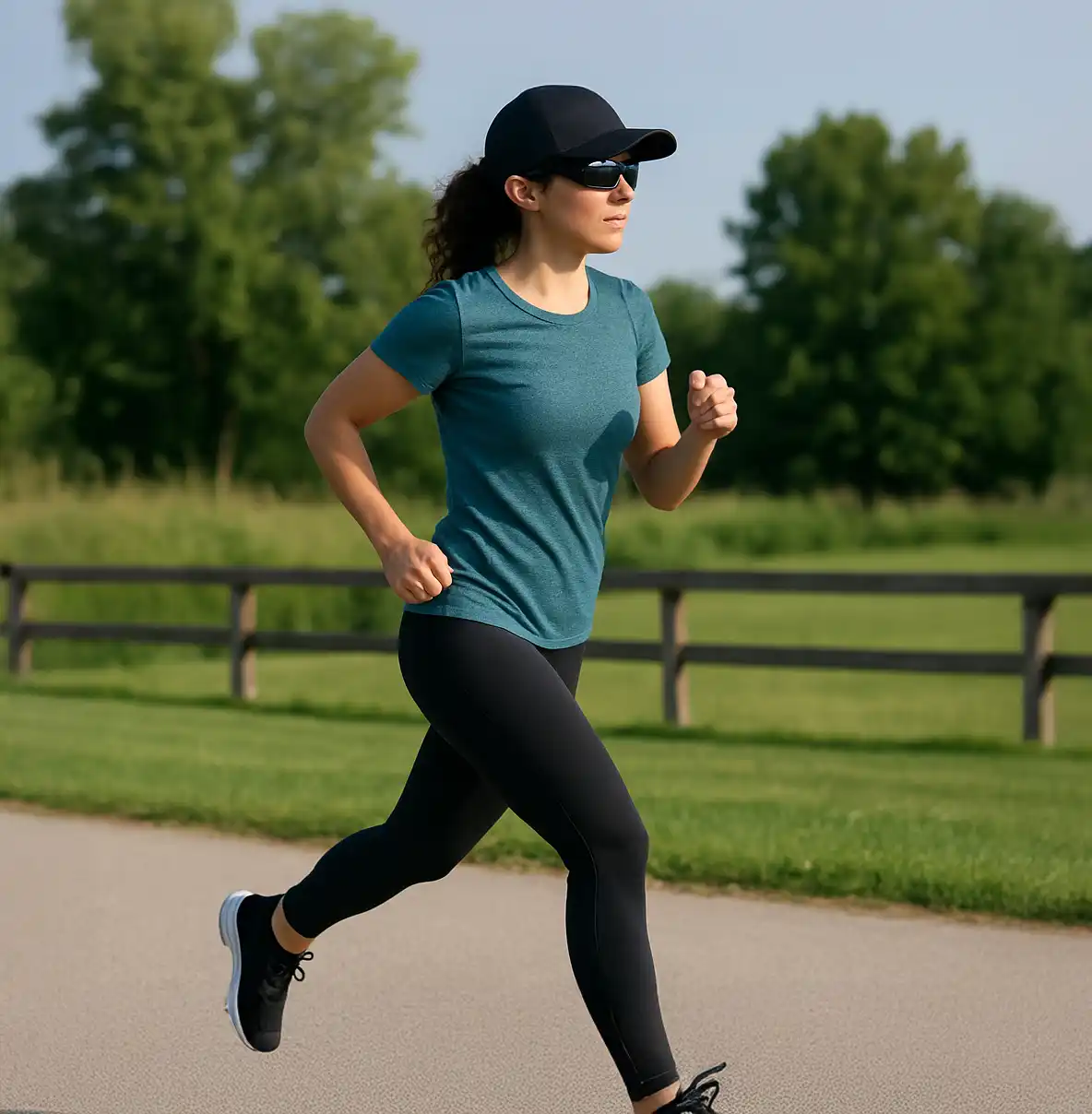Choosing just one workout style can be tempting, but cross-training—combining different sports or fitness disciplines—is one of the best ways to stay balanced, avoid injuries, and keep things interesting. Surprisingly, some activities that seem completely unrelated actually enhance each other in powerful ways.
Whether the goal is strength, endurance, flexibility, or fun, here are a few sport pairings that work better together than most people expect.
Running + Yoga = Performance + Recovery
Running builds cardiovascular fitness and leg endurance, but it can also leave the body tight—especially in the hips, calves, and hamstrings. This is where yoga comes in.
Why They Work Together:
- Running strengthens the lower body and improves aerobic capacity.
- Yoga enhances flexibility, mobility, and breath control.
- Yoga reduces muscle tension, lowers injury risk, and promotes recovery.
Great for: Long-distance runners, beginners looking to stay injury-free, or anyone wanting to balance strength with mobility.
Cycling + Strength Training = Endurance + Power
Cycling is excellent for the heart and legs, but without strength work, progress may plateau. Incorporating resistance training can help develop full-body strength and improve cycling performance.
Why They Work Together:
- Cycling builds muscular endurance, especially in the lower body.
- Strength training improves joint support, core strength, and overall power output.
- Together, they support better posture, balance, and long-term resilience.
Great for: Cyclists aiming to prevent knee or back issues and boost hill-climbing strength.
SUP + Calisthenics = Core Strength + Balance
Stand-up paddleboarding (SUP) challenges balance and core control in a fun, low-impact setting. Pairing it with calisthenics—bodyweight training like planks, push-ups, and squats—builds stability and total-body coordination.
Why They Work Together:
- SUP improves balance, coordination, and real-world body control.
- Calisthenics builds strength using natural movement patterns.
- Both demand strong core activation and body awareness.
Great for: Outdoor fitness fans, people recovering from joint stress, or anyone seeking more control in movement.
Padel or Tennis + Climbing = Agility + Grip Strength
Racket sports like padel and tennis build foot speed, coordination, and reactivity. Climbing, on the other hand, focuses on grip strength, body tension, and mental focus—an unexpected but surprisingly effective match.
Why They Work Together:
- Tennis and padel enhance explosiveness, lateral movement, and hand-eye coordination.
- Climbing builds forearm endurance, core control, and flexibility.
- Both challenge quick decision-making and muscular endurance in different ways.
Great for: Athletes who enjoy agility-based sports and want to build functional strength in new ways.
🧗 Climbing + Strength Training = Control + Power
Climbing challenges both the mind and the body, relying heavily on technique, coordination, and grip strength. Adding strength training—especially for the upper body and core—can improve control and endurance on the wall.
Why They Work Together:
- Climbing develops functional strength and balance.
- Strength training supports better form, joint health, and overall power.
- Combined, they help build a more durable and capable body.
Great for: Climbers looking to push harder grades or anyone wanting to build balanced upper-body strength.
CrossFit + Active Recovery = Intensity + Longevity
CrossFit offers short bursts of intense training that target strength, speed, and power. But without balance, it can lead to overtraining. Pairing it with active recovery methods—like yoga, mobility work, or light cardio—helps maintain consistency without burnout.
Why They Work Together:
- CrossFit builds explosive strength and muscular endurance.
- Active recovery improves circulation, mobility, and reduces muscle soreness.
- Together, they offer a balance of challenge and restoration.
Great for: People doing high-intensity training who want to stay consistent and injury-free.
Why Cross-Training Matters
The body thrives on variety. Repeating the same movement patterns can lead to overuse, imbalances, and burnout. Cross-training:
- Activates different muscle groups
- Builds complementary skills
- Prevents mental fatigue
- Supports long-term consistency
It’s not about doing more—it’s about doing what works together.
